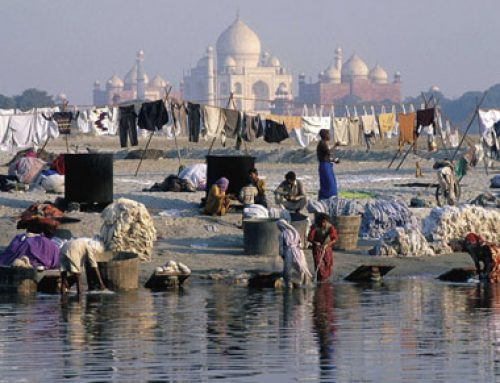
A diagram of a sugar molecule found in outer space, from NASA
Organic molecules means the kind of molecules that living things are made of – at least, all the living things we know about. All living things, both plants and animals, are made out of molecules that have carbon in them. Because carbon atoms fill only four out of eight spaces in their valence (outer) shells, it’s very easy for carbon to link to other atoms. That includes other carbon atoms. So a lot of big molecules are made mainly out of carbon.
Hydrocarbons are a common kind of organic molecule that have both carbon and hydrogen in them. Hydrocarbons are common because both hydrogen and carbon are very common elements in the universe. Even before our planets formed, lots of different kinds of hydrocarbon molecules formed out in space. Sugar, alcohol, and other hydrocarbons are still out there in modern nebulae, in space. The hydrocarbon molecule in the diagram here, a kind of sugar, has oxygen atoms in it as well as carbon and hydrogen. Sugar is one of a group of hydrocarbons called carbohydrates.

A model of the amino acid molecule glycine (red is oxygen, black is carbon, yellow is hydrogen, and blue is nitrogen atoms)
These simple hydrocarbon molecules sometimes got together in space to form bigger molecules called amino acids. Amino acids use four kinds of atoms – hydrogen, carbon, oxygen, and nitrogen(or sometimes sulphur). Amino acids, too, are still out there in modern nebulae.
Once the amino acids reached Earth, around 4.5 billion years ago, some of them joined up in long strings of amino acids to become even bigger molecules called proteins. There were definitely proteins on Earth before four billion years ago. These proteins are the building blocks of living cells, which formed about four billion years ago.




